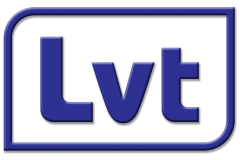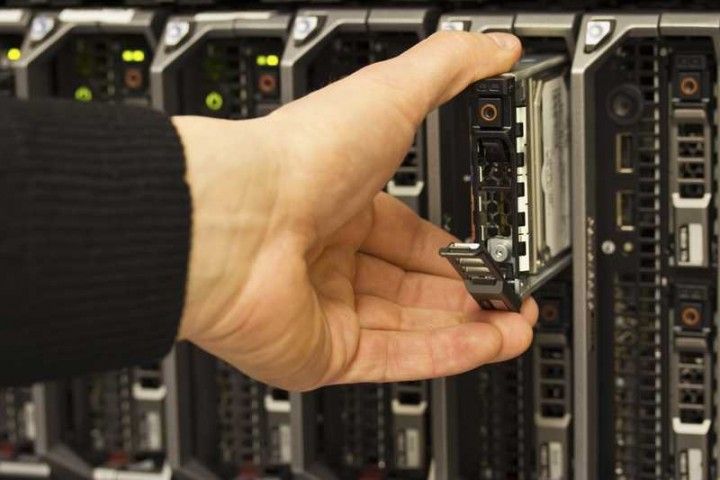This part of IEC 62368 is a product safety standard that classifies energy sources, specifies protection measures against these energy sources, and provides guidance on their application and requirements. The prescribed safety measures are aimed at reducing the possibility of pain, injury and property damage in the event of fire.
IEC 62368-1 is applicable to the safety of electrical and electronic equipment within the field of audio, video, information and communication technology, and business and office machines with a rated voltage not exceeding 600 V. It does not include requirements for performance or functional characteristics of equipment.
This standard describes measures for the protection of three types of persons: ordinary person, instructed person and skilled person. Unless otherwise stated, the requirements for an ordinary person apply. If it is stated that only instructed and skilled person will access the device, evaluations are made according to the necessary measures to protect these person. This standard assumes that a person will not intentionally create conditions or situations that could cause pain or injury.
There are 5 energy source classifications in general in the standard. These are as follows;
Classification of electrical energy sources
Classification of mechanical energy sources
Classification of power supplies
Classification of radiation energy sources
Classification of thermal energy sources.
The standard divides each of these energy sources into 3 classes as class 1, class 2 and class 3 energy sources. Class 1 energy sources do not cause pain or injury in any way. Class 2 energy sources cause pain but do not cause injuries that require medical attention. Class 3 energy sources cause injuries that require medical attention.
Ordinary Person
It is the term applied to all persons other than the instructed and the skilled. Ordinary people include not only users of the equipment, but also anyone who may have access to or be near the equipment. Under normal operating conditions or abnormal operating conditions, ordinary persons should not be exposed to parts containing energy sources that may cause pain or injury. Under a single fault condition, ordinary persons should not be exposed to parts containing energy sources that could cause injury. That is, the ordinary person should under no circumstances have contact with class 2 and class 3 energy sources. Minimum basic insulation between class 2 energy sources to ensure this; With class 3 energy sources, double insulation or reinforced insulation must be present. In addition, there is a warning against class 2 energy sources when the ordinary person is servicing the device; should not be able to access or be exposed to class 3 energy sources.
Instructed Person
An instructed person is someone who has been instructed and trained by a skilled person or supervised by a skilled person to identify energy sources that cause pain and to avoid exposure to them. Under normal operating conditions, abnormal operating conditions or single fault conditions, instructed persons should not be exposed to parts containing energy sources that could cause injury. That is, the instructed person must not have access to or be exposed to class 3 energy sources and this must be provided by reinforced insulation or double insulation.
Skilled Person
A skilled person is a term applied to someone who has training or experience in equipment technology, especially in knowing the various energies and energy magnitudes used in equipment. Skilled person are expected to use their training and experience to recognize energy sources that can cause pain or injury and to take action to protect themselves from injuries caused by these energies. Skilled persons should also be protected from unintended contact or exposure to energy sources that may cause injury. The expert can be protected from touching or being exposed to all class 3 energy sources with his own behavior (skill safeguard), but if he is between 2 class 3 energy sources under service conditions, there must be a protection that protects him from involuntarily contacting or being exposed to one of the energy sources.


